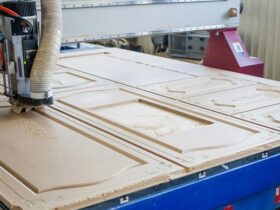At first glance, changing the wiring in the house is a simple task. But how to choose the right wire? Which wire to give preference, aluminum or copper. In what cases to use one -core wire, and in which multi -core? And finally, which wire is needed for wiring? These questions will have to answer before the start of the wiring.
The wiring in the living room starts from the input cable and the outlet and the electrical appliances connected to it. The requirements for electrical wiring concern not only high -quality installation, but also the correct choice of wires that can withstand the load connected to the network during operation.
The old wiring laid several decades ago, it is necessary to completely replace the new. The fact is that over the years of operation, the material of wires (mainly applies to aluminum) is aging. The properties that he had originally lost. The material becomes brittle, its electrical conductivity falls. Isolation is also not eternal. Most often it is made of polyvinyl chloride plastic. Over time, he drys out, cracks, sometimes even crumbles. In this form, the insulation can no longer provide the required protection of the wire. If you include a differential relay in such a chain, then leakage currents will constantly cause its operation.
As a rule, stationary wiring in any room is laid for many years. Throughout operation, it should work stably and ensure a high level of security. Copper wires have the best electrical properties than aluminum. They also show higher reliability during operation. Insulation is best chosen by double. Multi -core wires require an additional processing procedure using tubular tips in places of joints, for that they are convenient in work. One -core wires are much tougher, but are made by flat, so the strobes in the wall under them can be made not so deep.
Now about choosing a suitable cross -section of the wire. The customer in this matter takes only the calculation of the alleged electric load on the cable. The calculation of the necessary end section of the cable, based on the data provided, should be carried out by a specialist. It is impossible to save on this. On the contrary, it does not hurt, in the calculation of the load that has increased in the future, to make some safety margin.






